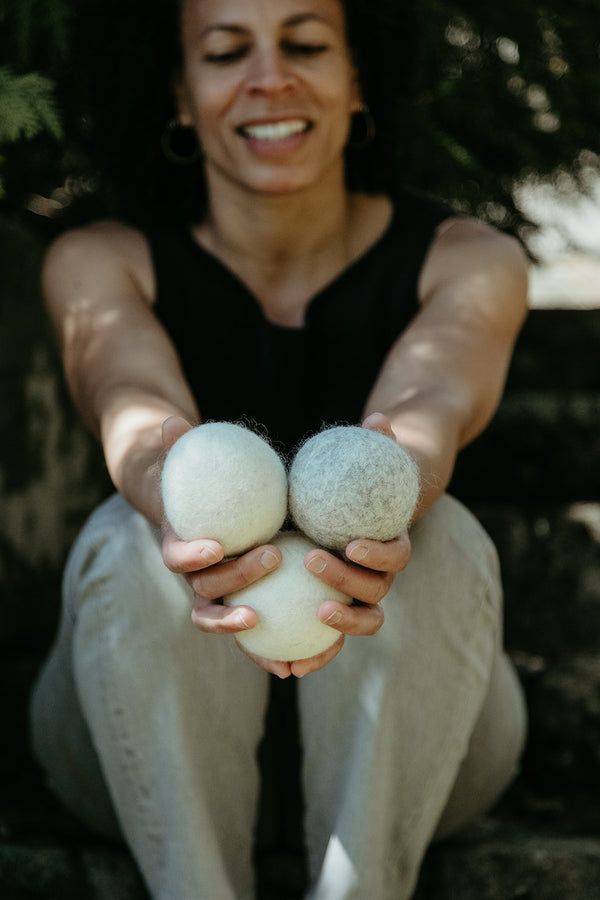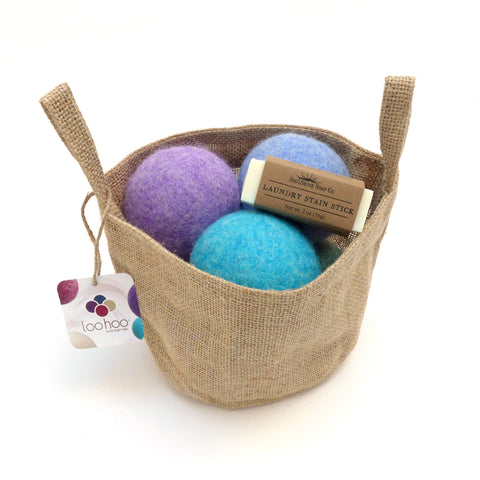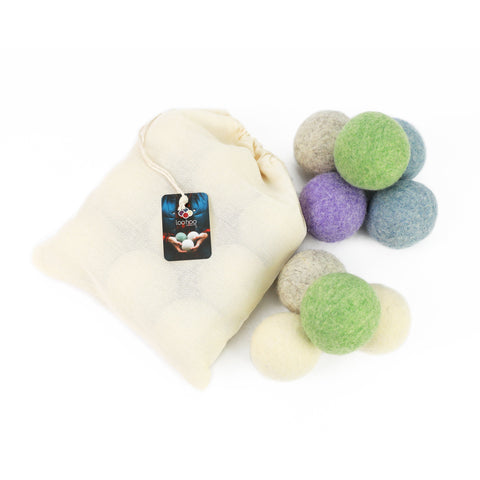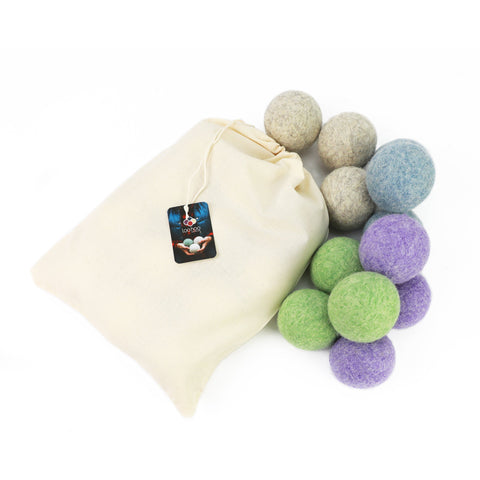Your Cart is Empty
Spring Cleaning: Saying Goodbye to Winter
April 23, 2024 3 min read

By the time winter rolls around later this year, we’ll be longing for our fluffy, thicker bedding. The last thing we want to do, admittedly, will be a load of laundry to eradicate musty smells or stubborn stains.
Whether you’re spring cleaning or just changing the bedding, take some time to strip your mattress and wash your comforters and blankets before storing them for the next several months. Before you get started, read the labels and look for anything that requires dry cleaning, hand washing or other special care instructions. Then get ready to clean and store!
Strip Your Mattress
From the sheets and pillowcases to the mattress pad and protector, wash then hang dry on a clothesline or drying rack. After all, spring is here and warmer temperatures are calling us outdoors. This sustainable alternative to utilizing a dryer appliance is a great way to get of rid of bacterial and dust mites.
While you’re washing, throw in your pillows (check product label first) and thoroughly air dry before putting them back on the bed.
Clean Comforters
Before cleaning, spot treat stains with your favorite stain remover. For a more natural approach, try rubbing on baking soda prior to doing a load.
You may not notice, but dead skin cells and body oils make their way onto our bedding and can attract bugs and cause discoloration and odors so it’s best to address before packing away items.
Comforters can be quite bulky so be sure to use a large capacity washer for this chore. Overloading washers leads to incomplete rinsing and soap buildup that can irritate the skin and fabric. Laundromats are equipped with large machines if yours lacks space.
Experts suggest washing comforters with a mild detergent on the delicate or gentle cycle according to the product label. Follow the instructions for the right amount of detergent; too much can cause buildup. If you notice detergent after the cycle completes, run the comforter through another rinse cycle.
While air drying is best to eliminate dampness and freshen fabric, be sure to check the comforter half way through the cycle if using a dryer. You’ll likely need to reposition the comforter to ensure a thorough drying process. Toss in a few LooHoo Wool Dryer Balls to help increase airflow and speed up drying.
Overwashing can actually harm the filling so clean only if necessary, like at the end of the season, especially when it comes to down comforters.
Caring for Wool
In many homes, wool blankets are a staple during the colder months. Wool, too, should be cleaned before being put away. Laundry experts suggest first shaking out the blanket. Spot clean prior to washing using cold water and a mild detergent, club soda or a mixture of 1/3 cup distilled white vinegar and 2/3 cup of cold water. Soak the stained area and blot with a clean cloth.
Select a wool-safe, delicate detergent and wash using cold water on the gentle cycle. Let soak about 30 minutes for better results. To remove excess water, roll or gently ring rather than twisting to avoid stretching the wool. Re-rinse if there’s any detergent residue.
Air dry outdoors out of direct sunlight, or if you prefer the dryer select the air dry setting. Remember, heat will shrink wool. Be sure the blanket is completely dry before storing in a cool, dry spot with cedarwood or a few cedar chips to keep away moths.
To avoid discoloration or damage, place acid-free tissue paper between the folds of the blanket and store in a large plastic bin with a sealable lid.
Store Right
Before storing your bedding, make sure items are thoroughly dry to avoid mold or mildew. Check all over, front and back, for any damp spots.
Once the comforter is ready, place in a breathable linen bag or wrap with a linen sheet to keep out bugs yet allow air flow to prevent mold, mildew and smells. Skip plastic bags altogether. Keep in a dry, cool space off the ground to avoid insects. Be sure nothing is placed on top of the comforter so the filling stays fluffy rather than compressed.
To minimize creases, loosely roll your comforter, place in a breathable bag and store upright.
Related Products
Subscribe
Sign up to get the latest on sales, new releases and more …

Join the LooHoo Community
Sign Up Now to be entered in our monthly giveaway "Win One, Give One" LooHoo 3-Pack. Plus, be the first to learn about new products, sales and giveaways.




